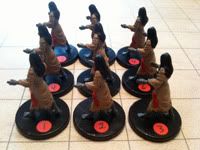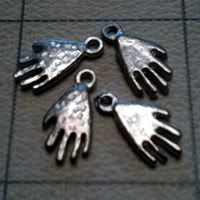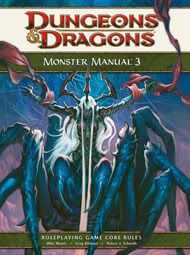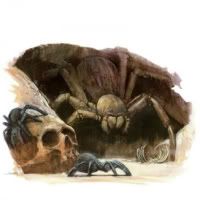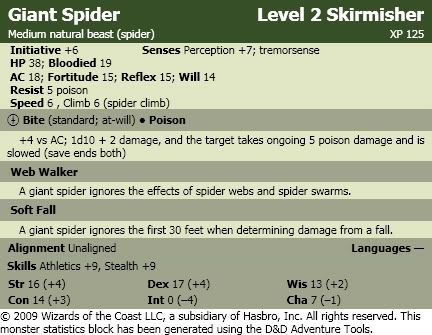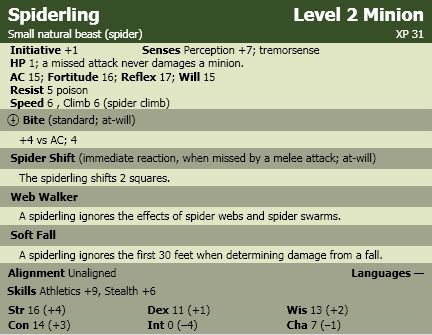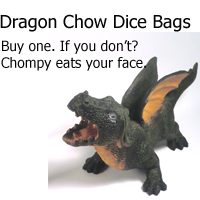Fortunately, if you're using D&D miniatures, it generally isn't too difficult to find a way of marking the bases in order to identify them. Avery makes round, colored, 1/4 inch, removable labels that work great for the task, and you can pick up a pack of 760 of them for less than five bucks at Staples.
The labels come in four colors: green, yellow, blue, and red. The red and yellow ones are perhaps the most useful as the provide the greatest contrast for black ink. You'll probably find that something like an Ultra Fine Point Sharpie is your best bet for writing dark, crisp numbers.
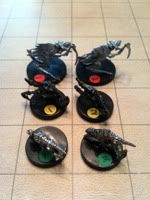 Having multiple colored labels can prove useful for distinguishing between different but similar miniatures that are likely to appear together in an encounter. A perfect example are the Kruthik minis, which are all basically the same except for size and slight variations in color. Using a different colored label for each type of Kruthik makes them stand apart a bit more, ensuring that you won't accidentally confuse your young with your hatchlings.
Having multiple colored labels can prove useful for distinguishing between different but similar miniatures that are likely to appear together in an encounter. A perfect example are the Kruthik minis, which are all basically the same except for size and slight variations in color. Using a different colored label for each type of Kruthik makes them stand apart a bit more, ensuring that you won't accidentally confuse your young with your hatchlings.You could, of course, simply buy a metallic Sharpie to mark your miniatures, but that's permanent and why mar a figure when a removable sticker works just as well, if not better. Besides, you might want to sell your collection on eBay some day so you can, I dunno, spend the money on a Gargantuan Orcus.

